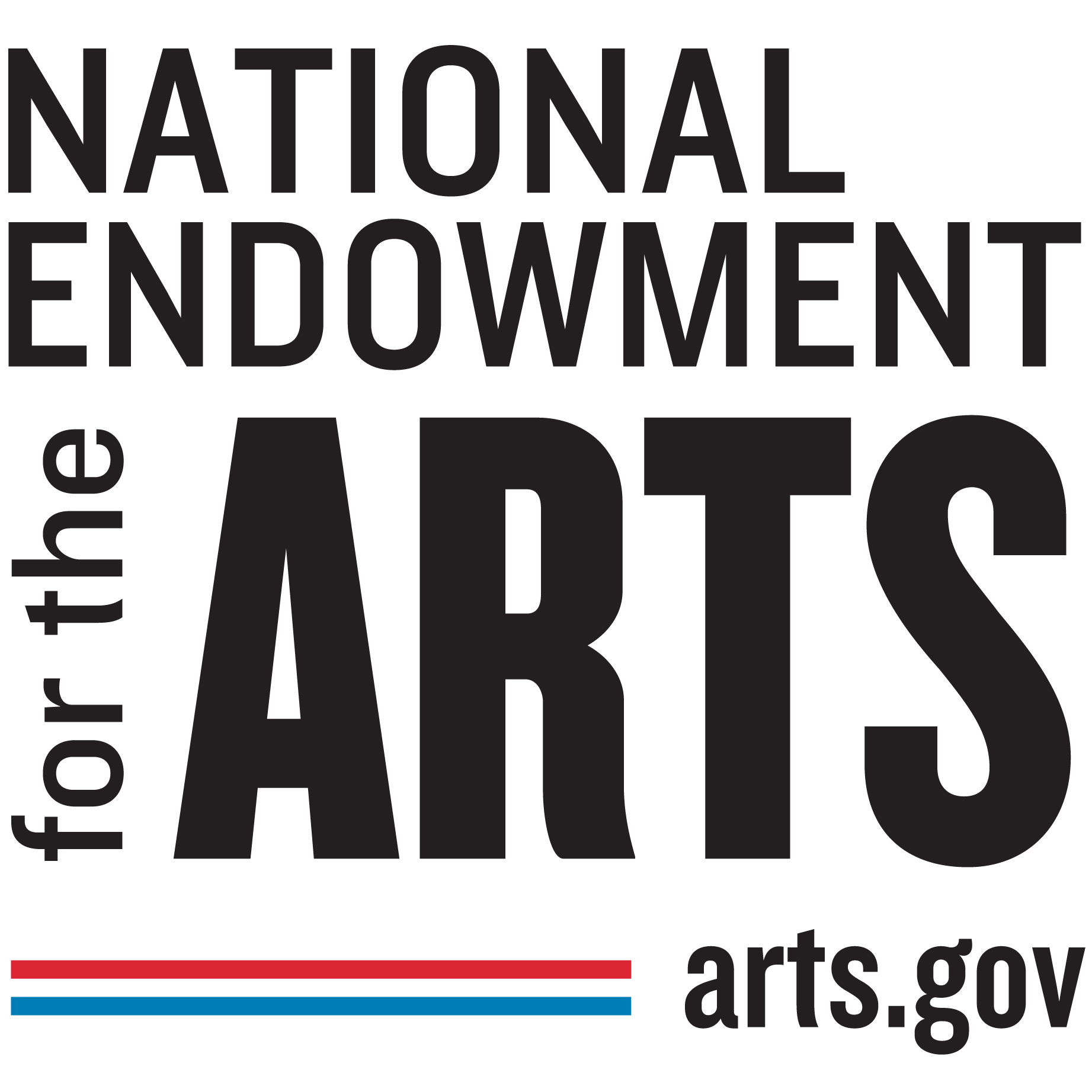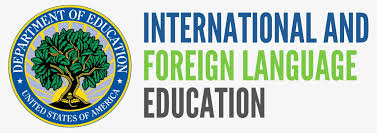Higher education, research, and the international image of the U.S. under the second Trump administration, by Deborah Cohn
As a scholar whose research focuses on how U.S. educational institutions were mobilized during the Cold War in support of the national defense and in the service of democracy, I explore in this piece how the U.S. educational system and research enterprise were themselves shaped in crucial ways by Cold War motivations. My examination of this history allows me to show how 1) education and research opportunities in the U.S. currently also function as modes of soft power, and 2) the Trump administration’s attacks on these institutions not only wreak havoc domestically, but are also viewed abroad as attacks on the democratic system. (See here for my analysis of the impacts of the Trump administration on international education, and the implications for U.S. cultural diplomacy and soft power.)Following World War II, the federal government began to invest ever-greater amounts of funding in universities and research institutions. The funding supported U.S. strategic interests as well as basic science research that resulted in fundamental discoveries in medicine and other fields. Over the years, the federal government has become the largest investor in basic research in the U.S., and this funding has made the U.S. a world leader in scientific and technological research.
 The National Science Foundation (NSF) was founded in 1950 with the mission of supporting and promoting basic scientific research and science education. The agency’s budget grew exponentially in the years following the launching of Sputnik in October of 1957 as the federal government used it to strengthen U.S. science to better compete with the Soviet Union’s technological capabilities.
The National Science Foundation (NSF) was founded in 1950 with the mission of supporting and promoting basic scientific research and science education. The agency’s budget grew exponentially in the years following the launching of Sputnik in October of 1957 as the federal government used it to strengthen U.S. science to better compete with the Soviet Union’s technological capabilities.The launching of Sputnik also raised broader questions about the ability of the U.S. educational system as a whole to prepare students to compete with those in the Soviet Union. In 1958, the National Defense Education Act (NDEA) was passed. The act “insure[d] trained manpower of sufficient quality and quantity to meet the national defense needs of the United States” by dramatically expanding existing programs in science and math education, adding new ones in modern language education and area studies, and supporting fellowships, loans, and other student services. While the rationale for emphasizing science and math is, perhaps, obvious in the context of the Cold War competition for technological dominance, the inclusion of support for language and area studies (primarily, but not exclusively, under Title VI of the act) may be less so: this funding was aimed at both redressing the shortage of Russian speakers capable of monitoring Soviet activities and at expanding training in critical languages and expertise in regions deemed strategic to the U.S. For almost 70 years, Title VI has continued this mission through grants to colleges and universities (in 1965, it was incorporated in the Higher Education Act).

 The federal emphasis on science soon prompted calls for the government to fund cultural activity in the U.S. as well—also in the name of defending democracy. In 1965, the head of the Atomic Energy Commission told the Senate that a National Humanities Foundation was necessary “To help us develop more well-rounded citizens, capable of living in and guiding a democratic society in an age when the explosion of science and technology tends to force us into highly specialized areas.” Later that year, President Lyndon Johnson signed the National Foundation on the Arts and the Humanities Act, which established both the National Endowment for the Humanities (NEH) and the National Endowment for the Arts (NEA). The legislation explicitly linked funding the new institutions to support for democracy, which, it stated, must “foster and support a form of education, and access to the arts and the humanities, designed to make people of all backgrounds … masters of their technology and not its unthinking servants.”
The federal emphasis on science soon prompted calls for the government to fund cultural activity in the U.S. as well—also in the name of defending democracy. In 1965, the head of the Atomic Energy Commission told the Senate that a National Humanities Foundation was necessary “To help us develop more well-rounded citizens, capable of living in and guiding a democratic society in an age when the explosion of science and technology tends to force us into highly specialized areas.” Later that year, President Lyndon Johnson signed the National Foundation on the Arts and the Humanities Act, which established both the National Endowment for the Humanities (NEH) and the National Endowment for the Arts (NEA). The legislation explicitly linked funding the new institutions to support for democracy, which, it stated, must “foster and support a form of education, and access to the arts and the humanities, designed to make people of all backgrounds … masters of their technology and not its unthinking servants.”Cold War national security interests thus provided both motivation and funding for higher education and research infrastructure that have made the U.S. the “envy of the world,” a “leader in global innovation,” and so on. According to the 2025 Times Higher Education World University Rankings, seven of the world’s top ten research universities are in the U.S. This, in turn, brings international students to pursue higher education here in large numbers (over 1.1 million international students studied in the U.S. in 2023-24, accounting for almost 6% of all U.S. enrollments). These students boost the economy, create jobs, and more.
And yet, the Trump administration is bludgeoning higher education, as well as the federal funding streams that have supported research and innovation in the U.S. since World War II.
The administration’s across-the-board ban of over 350 terms that it considers “woke” or otherwise not reflective of its priorities (e.g., “accessible,” “air pollution,” “bias,” “carbon footprint,” “gender,” “hate speech,” “indigenous,” “science-based”), for example, has resulted in the denial and/or cancellation of many NSF, National Institutes of Health (NIH), and Fulbright grants and fellowships.
Additionally, the administration has decimated the NSF, firing employees (some of whom have been rehired), canceling grants, and requesting a budget cut of almost 56% for 2026. It has also laid off hundreds of employees and proposed a 40% cut to the budget of the NIH, which its own website describes as “the largest public funder of biomedical and behavioral research in the world … the driving force behind decades of advances that improve health, revolutionize science, and serve society more broadly” [bold in original]. This comes on top of the damage that has already been done by canceling and delaying funding for almost 2500 NIH grants for medical research. These cuts stop basic scientific research, educational programs, and more. (Efforts to place a 15% cap on NSF, NIH, and Department of Energy indirect cost reimbursement rates threaten to disrupt research further and cost even more jobs. See The Economist’s May 24, 2025 issue on “The assault on American science” for additional articles on this topic.) On top of this, of course, Trump has cut billions of dollars in federal funding and contracts with Harvard University, Cornell University, and Northwestern University, among others.
The president’s May 23 Executive Order, “Restoring Gold Standard Science,” further codifies the administration’s anti-science stance. An open letter from scientists that has over 7000 signatures describes the order as “consolidat[ing] political control over the Nation’s scientific infrastructure” and giving “presidential appointees … broad latitude to designate many common and important scientific activities as scientific misconduct, and to penalize those involved accordingly.”
The damage, of course, extends well beyond the sciences. The administration has withdrawn or canceled many grants issued by the NEA and most of those from the NEH. The proposed 2026 budget eliminates both agencies altogether (as well as the U.S. Agency for Global Media, which houses the Voice of America, which, while a different topic, also has implications for the promotion of democracy).
 Additionally, the Office of International and Foreign Language Education (IFLE) in the Department of Education, which administers the language and area studies programs that were originally part of the NDEA, as well as the Fulbright-Hays Programs, was, in effect, closed in March. (The Executive Order proposing the closure of the Department of Education as a whole will also, of course, have devastating effects throughout the U.S.) The proposed 2026 budget includes no funding whatsoever for IFLE on the grounds that “These programs are inconsistent with Administration priorities and do not advance American interests or values.” This is patently false: canceling support for training in area studies and critical languages—which are already understudied in the U.S.— will directly impact national security, as well as business needs, the economy, and more.
Additionally, the Office of International and Foreign Language Education (IFLE) in the Department of Education, which administers the language and area studies programs that were originally part of the NDEA, as well as the Fulbright-Hays Programs, was, in effect, closed in March. (The Executive Order proposing the closure of the Department of Education as a whole will also, of course, have devastating effects throughout the U.S.) The proposed 2026 budget includes no funding whatsoever for IFLE on the grounds that “These programs are inconsistent with Administration priorities and do not advance American interests or values.” This is patently false: canceling support for training in area studies and critical languages—which are already understudied in the U.S.— will directly impact national security, as well as business needs, the economy, and more.The Trump administration’s attacks on education and science also take a human toll that has tremendous implications for the nation’s standing overseas. This spring bore witness to the revocation of student visas without cause, due process, or even notice. While these revocations were (somewhat) mitigated, the terror and uncertainty that they inspired has led many to reconsider studying in the nation. And on May 27, the Trump administration introduced more uncertainty into the situation when it ordered a pause on scheduling new interviews for student visas in preparation for enacting social media vetting of applicants. (The double-speak here is remarkable, and evident for all to see: the very next day, Secretary of State Marco Rubio announced a “Visa Restriction Policy Targeting Foreign Nationals Who Censor Americans” for their social media posts, affirming that “We will not tolerate encroachments upon American sovereignty, especially when such encroachments undermine the exercise of our fundamental right to free speech.”) On May 28, Rubio additionally announced that the U.S. will “aggressively” revoke visas of students from China, which accounts for 25% of all international students in the U.S. each year, as well as subjecting all new visa applicants from China and Hong Kong to “enhance[d] scrutiny.” As one observer remarked, “We call it soft power when it’s our students abroad but treat it as a threat when others do the same.”
The attacks on international students, research, and higher education threaten to prompt a brain drain and lessen the United States’ scientific edge. Indeed, three quarters of scientists who responded to a recent reader survey by Nature said that they are seeking to leave the nation as a result of threats to research under the Trump administration. Meanwhile, as David G. Victor recently wrote in Foreign Affairs, “China … is becoming more competitive in the very fields the United States is kneecapping.”
Several European nations, Australia, and Canada, and others, are capitalizing on the Trump administration’s self-inflicted damage by developing programs to recruit scientists seeking to leave the U.S. The European Commission, for example, has committed $500 million to attracting researchers to Europe at a time when “fundamental, free and open research is questioned.” France has also invested in a similar program, with President Macron telling scientists, “If you love freedom, come help us to remain free.” And, in a message in English aimed at “all students and scientists at risk” in the U.S., Eva-Maria Holzleitner, Austria’s minister of women, science, and research, asserts that “The destruction of freedom of science and democracy in the U.S.A. leaves me speechless.” “Together,” she declares, “let’s stand for free science,” while presenting Austria as “a safe haven for science. And for you.” The repeated references in such statements to freedom (and its loss), as well as interchangeable references to freedom and democracy, echo Cold War anticommunist rhetoric, in which “freedom” was, in effect, synonymous with “democracy,” and both stood in for the U.S. What we have here, though, is other nations—U.S. allies—employing the terms to show how the U.S. has betrayed its commitment to them, and inviting scientists to their shores, where they can still enjoy these values.
It is no wonder, then, that one administrator recently called the present an “RMS Titanic moment” for higher education in the U.S. In truth, though, it is not just higher education that is at stake here: higher education, along with science and research infrastructures, stand in for and help to disseminate an image of the nation overseas. The Trump administration’s attacks on them thus also hit the United States’ soft power and opportunities to spread its values. This will take years to rebuild (if the administration even tries).
 Deborah Cohn is Provost Professor at Indiana University Bloomington and a PDCA member. Her current research focuses on cold war cultural diplomacy and US academic disciplines. She is also the daughter of a USAID officer and a State Department officer.
Deborah Cohn is Provost Professor at Indiana University Bloomington and a PDCA member. Her current research focuses on cold war cultural diplomacy and US academic disciplines. She is also the daughter of a USAID officer and a State Department officer.